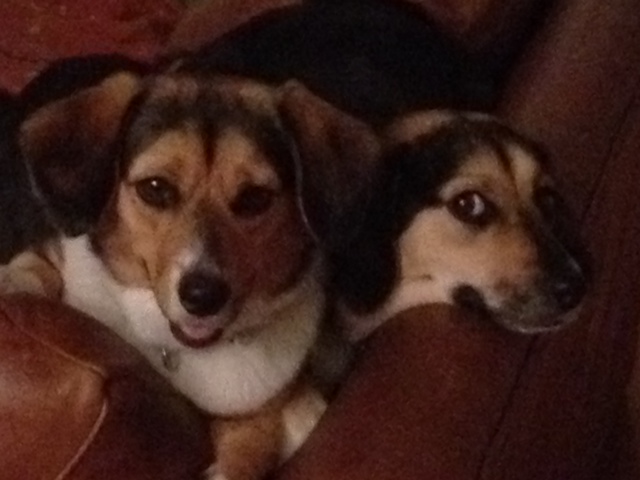Learning about my birth mother makes me feel grateful for what I have.
I started writing about Lillian a few weeks ago. She was born into a large Indiana family in the 1930s. Her parents were overwhelmed by the baker’s dozen of children who filled their rural home. Amidst the stress of being unemployed while trying to support this growing brood during the Great Depression, Lillian’s father, George, left his family twice – the second time permanently.

The children were parceled off to different foster homes, where Lillian spent much of her childhood before attending Indiana University and moving to Northbrook, IIl., where she had me in the 1960s.
The stories I have heard rival how people live in Third World countries. People are not supposed to live like farm animals, right? Two relatives have told me that Lillian’s family was so poor – and perhaps had recently lost a home? – that they were forced to make their home in a chicken coop. The story sounded ridiculous the first time I heard it, but I believe it more after hearing it from another family member. I have no trouble believing another bit of family history – that Lillian’s brothers occasionally stole chickens to put food on the table.
Me? I’ve never had to steal my supper. I will serve roast turkey and stuffing, mashed potatoes, cranberry orange relish, braised red cabbage and pumpkin pie on Thanksgiving. At this moment, I have a refrigerator and pantry stuffed with food and I’m not even talking about the Thanksgiving goodies, which I have not bought yet. The abundance makes me feel guilty.
I didn’t know what I was going to find out when I embarked on this journey. Learning about Lillian’s childhood, her family and her problems with alcohol and mental illness has made me look at my life differently. I think about my childhood now and remember the times I enjoyed with my family rather than dwelling on what I never had, couldn’t do and didn’t like.
My adoptive parents, Claire and Bob, came from big families, too. They didn’t have a lot of money. They survived the Depression and knew how to stretch their dollars. Claire and Bob didn’t spoil my adopted sister, Melissa, and me but they loved us and protected us. They were grateful for their girls.
“Children are your millions,” Claire used to say.
Gratitude should not be something we feel only during Thanksgiving week or, in my case, after digging up hard truths about my birth mom and the rocky childhood I escaped.
Gratitude helps people feel happy, according to recent research. Instead of focusing on what I don’t have, I think about the great people, wonderful dogs and other good stuff in my life.

beagle-dachshund mix
I am trying to make a habit out of feeling grateful. What about you?





